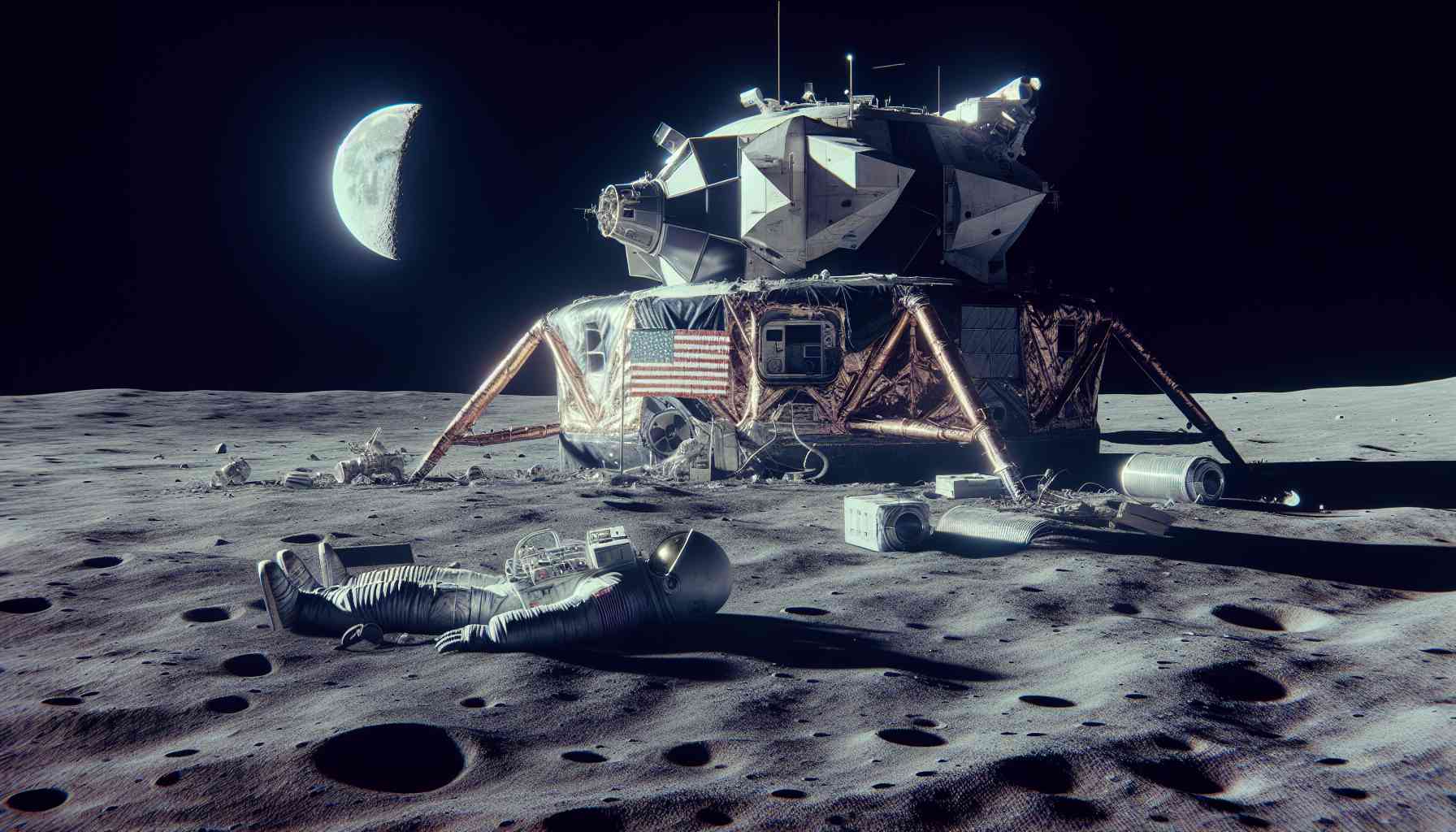The lunar lander Peregrine, which was part of the American Artemis mission, will not achieve its goal. Due to a critical fuel leak caused by a malfunction in the propulsion system, this mission will be prematurely terminated. The lander was supposed to deliver around 90 kg of scientific equipment to the surface of the Moon, but now the priority is to gather as much scientific data as possible. This mission had not only scientific significance but also symbolic, marking the United States’ return to the Moon after more than 50 years of hiatus.
The reason for the mission’s failure is most likely related to a leak that occurred after detachment from the rocket. The malfunction in the propulsion system prevented the lander from properly aligning itself with the Sun, which means that the loss of contact with Peregrine is unavoidable. As a result, the entire payload weighing 90 kg will not reach the Moon.
On board Peregrine were various scientific instruments, including the PITMS spectrometer for studying the Moon’s atmosphere, the NSS apparatus for searching for hydrogen in the regolith, the NIRVSS equipment for analyzing the surface composition of the Moon, the cosmic radiation detector LETS, the LRA mirror set, and miniature rovers. The Peregrine mission also had several time capsules on board, containing the ashes of 200 Earthlings and the DNA of Arthur C. Clarke.
The Peregrine mission was part of the Artemis program, which aims to return humans to the Moon. This mission was the first launch of a probe under the Commercial Lunar Payload Services program, in which NASA selects from proposals by private entities. Despite the failure of the Peregrine mission, the Vulcan rocket was successfully launched, which is an important step towards future space missions.
Frequently Asked Questions:
1. What was the mission of the Peregrine lander?
The mission of the Peregrine lander was to deliver scientific equipment to the surface of the Moon as part of the Artemis program, which aims to return humans to the Moon.
2. What are Commercial Lunar Payload Services?
Commercial Lunar Payload Services is a program in which NASA selects from proposals by private entities to send various scientifically useful payloads to the Moon.
3. What scientific instruments were on Peregrine?
On board Peregrine, there were five main scientific devices, including the PITMS spectrometer for studying the Moon’s atmosphere, the NSS apparatus for searching for hydrogen in the regolith, the NIRVSS equipment for analyzing the chemical composition of the Moon’s surface, the LETS cosmic radiation detector, and the LRA mirror set.
Definitions:
– Moon: The natural satellite of the Earth.
– Regolith: Surface material consisting of small rock particles found on the surface of the Moon and other celestial bodies.
– Atmosphere: The layer of gases surrounding a planet or other astronomical object.
Source: [link](https://www.example.com)
The source of the article is from the blog smartphonemagazine.nl
